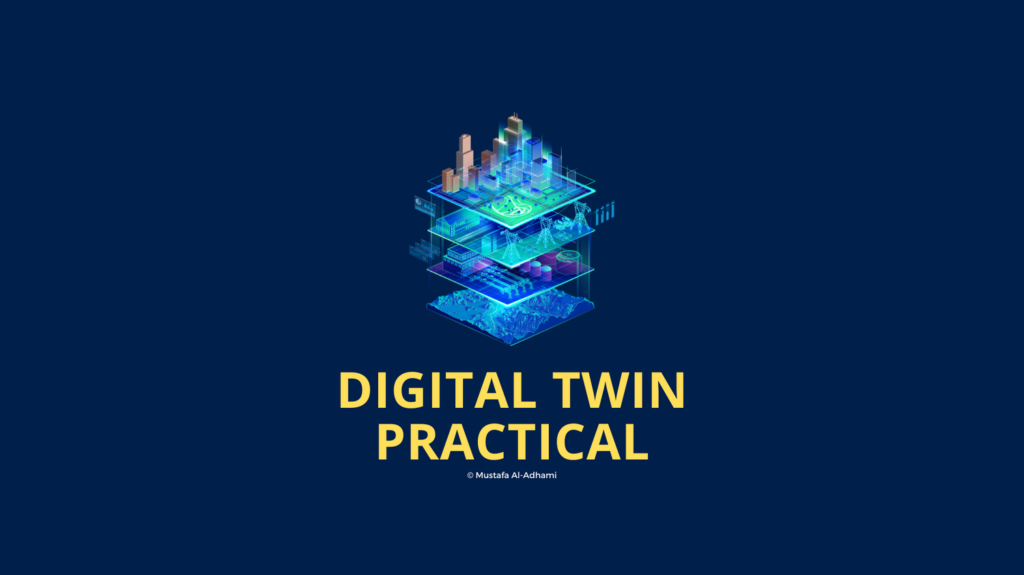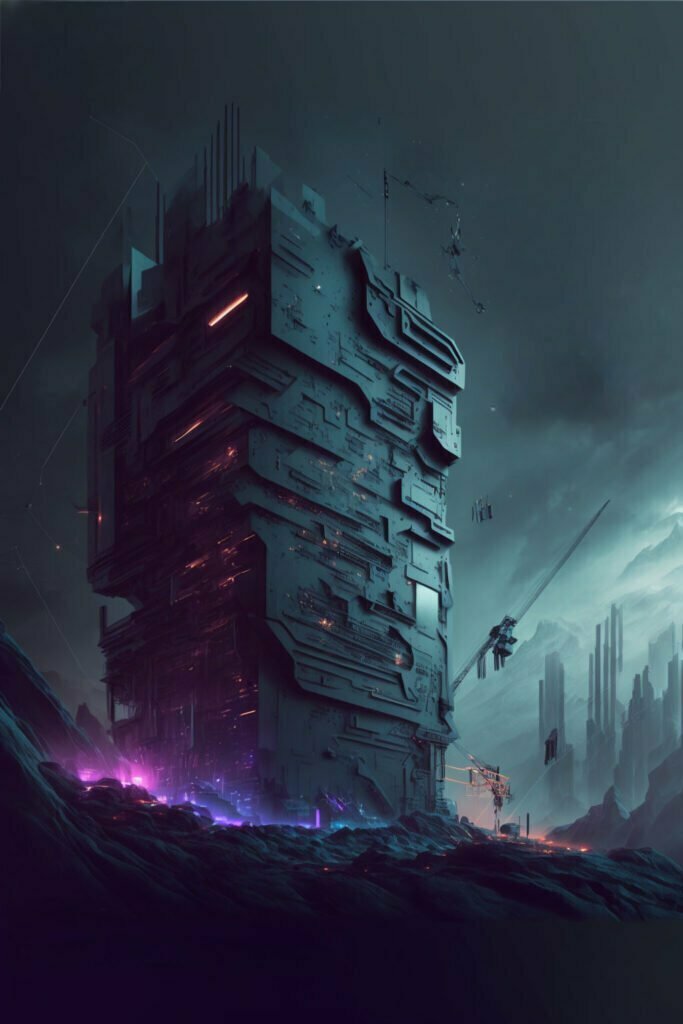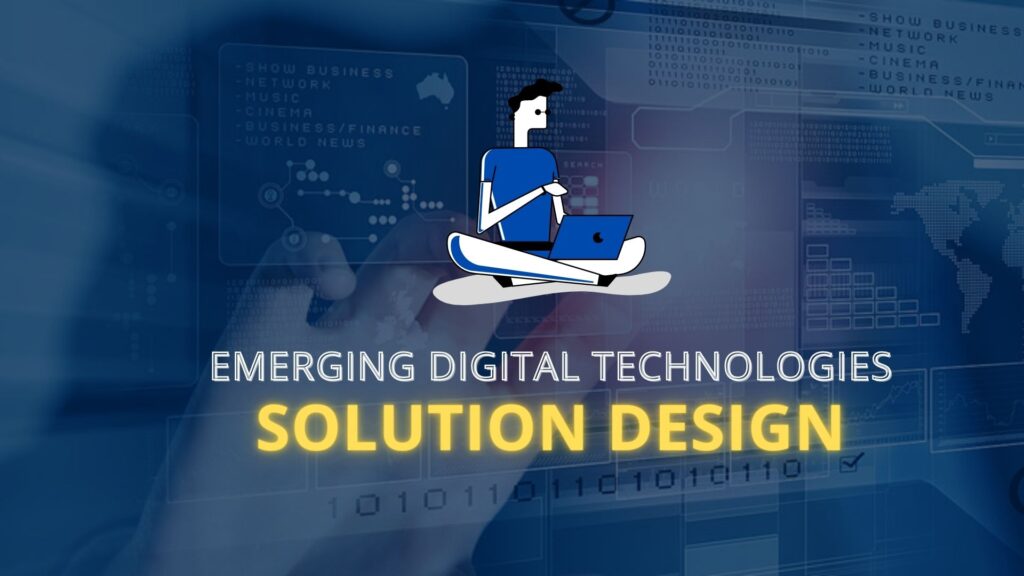Digital Twin Practical session. This is part of Mustafa Al-Adhami’s Lecture Series at Birmingham City University, where he leads the Emerging Digital Technologies module for Level 5 Architectural technology. This subject provides an in-depth examination of the integration of technology in the lifecycle of the building. The series aims to enlighten students and professionals about the latest advancements and their potential to shape the future of our built environment.
Session 0.1: Introduction to Emerging Digital Technologies in the Built Environment
Session 0.4: Digital Twin Practical
The digital twin practical session aimed to provide students with a comprehensive understanding of digital twin applications. This was achieved by building a simple connection between the physical and digital environments. In the first part of the session, Students explored different AR technologies and their applications. Then, under the expert guidance of our digital technician, Milad Mohtadi, The students had the opportunity to utilise off-the-shelf AR applications to visualise their own BIM models.
In the second half of the session, students were challenged to create an IoT sensor from scratch. They were required to use temperature and humidity sensors, and a wifi module, to collect data from a real environment. The data was then stored and visualised in real time on a cloud-based platform.
Digital Twin Practical (Augmented Reality)
Examples of Augmented Reality applications prepared by Milad Mohtadi
Students used off-the-shelf tools to create an AR handheld experience for their BIM Project


Digital Twin Practical (Internet of Things)
IoT enables digital twins by providing the necessary data for creating and maintaining a digital replica of a physical system or environment. IoT devices such as sensors and actuators can be embedded in physical objects, equipment, or buildings to collect real-time data on their performance, behaviour, and environmental conditions. This data is then transmitted to a cloud platform or a central system for storage, processing, and analysis.

With the help of advanced analytics and machine learning algorithms, the data collected from IoT devices can be used to create a digital twin that simulates the behaviour and performance of the physical system in real-time. The digital twin can be used for a variety of purposes, such as predictive maintenance, process optimisation, and performance monitoring.
During this part of the session, students were given the opportunity to build an IoT sensor and program it to read, send, store, and visualise temperature and humidity data from an indoor environment.

The objective of this practice was to enhance students’ understanding of the Internet of Things and how it can be utilised to communicate with the real world. “Digital twin” is a buzzword nowadays, and comprehending the technical aspects of this technology can enable both students and professionals to fully embrace it and unleash its potential.

During this session, we utilised a range of tools to accomplish our objectives. Our hardware tools included a Wi-Fi module and a temperature and humidity sensor, whilst our software tools consisted of the Arduino IDE and a cloud platform for data storage and visualisation.
By combining these tools, we were able to build an IoT sensor that could collect and transmit real-time data on temperature and humidity levels in an indoor environment. The data collected by the sensor was then sent to the cloud platform for storage and visualisation, where it could be analysed and used to make informed decisions about the indoor environment.
The use of these tools allowed us to gain a better understanding of how IoT technology can be applied in real-world scenarios. It also provided an opportunity to develop practical skills in working with hardware and software tools to build functional IoT systems.



The digital twin practical session taught students about the applications of digital twin technology through building connections between physical and digital environments. In the first part of the session, students explored augmented reality technologies and used off-the-shelf AR applications to visualise their BIM models. In the second part, they built an IoT sensor from scratch using temperature and humidity sensors, a Wi-Fi module, and cloud-based platforms for data storage and visualisation. The session aimed to enhance students’ understanding of IoT and its applications in creating digital twins for predictive maintenance, performance monitoring, and process optimisation. The use of hardware and software tools helped students gain practical skills in working with IoT systems.




